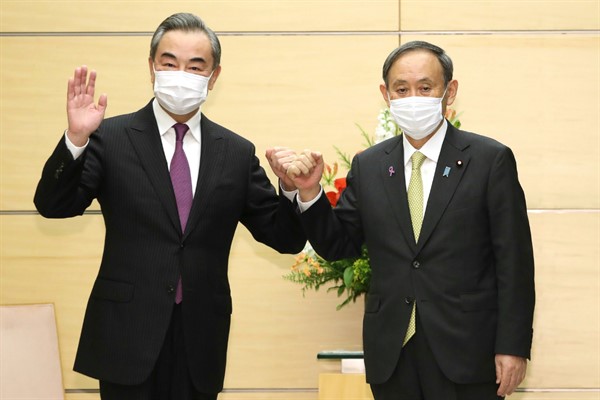Editor’s Note: Every Wednesday, WPR contributor Lavender Au and Newsletter and Engagement Editor Benjamin Wilhelm curate the week’s top news and expert analysis on China. Subscribers can adjust their newsletter settings to receive China Note by email every week.
When the huge Pacific Rim trade deal formerly known as the Trans-Pacific Partnership was first proposed, many Chinese observers saw it as a U.S. attempt to economically contain and exclude China. They worried that, with a new, American-led trade bloc surrounding China, Chinese exports would become less attractive throughout Asia. Because of the TPP’s rigorous terms as a high-standard trade deal, Chinese products or services might also be excluded from other government’s procurement, and China’s state-owned enterprises might face investigations or other barriers when investing abroad. The TPP was seen as a benchmark for future trade, but one that China might not be able to reach.
But then Donald Trump was elected U.S. president and immediately withdrew from the agreement, which had been finalized but not ratified by the end of Barack Obama’s presidency. To the surprise of many, however, the remaining 11 countries stayed committed to the deal, leaving it largely intact, while rechristening it the Comprehensive and Progressive Agreement for Trans-Pacific Partnership, or CPTPP. Japan, which took up the mantle of leading negotiations after America’s departure, worked to limit changes to the pact made necessary by the U.S. withdrawal. The revised deal suspended 22 clauses from the original agreement, principally intellectual property provisions that the U.S. had wanted but others didn’t. Even so, the IP protections offered by the marginally revamped CPTPP were still the toughest of any trade agreement to date.

